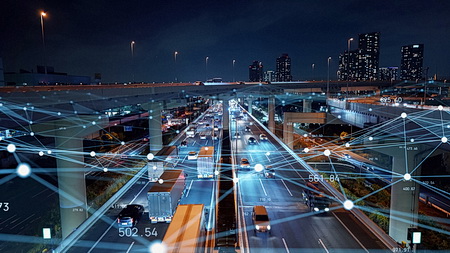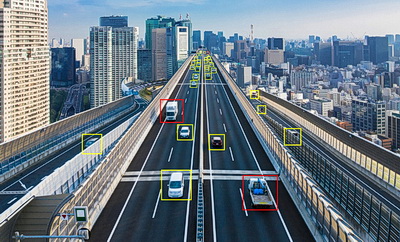
We have all been inundated with newscasts about artificial intelligence and how it is changing our lifestyles, and traffic control is no exception. From the Belt Parkway to the Long Island Expressway and from Brooklyn to Montauk, AI is coming to a town near you.
Here are some ways in which AI is contributing to traffic reduction:
- Traffic Prediction and Management:
AI algorithms analyze historical traffic patterns, real-time data, and other sources to predict traffic congestion. This information allows authorities to proactively manage traffic flow and implement measures to avoid potential congestion problems. - Smart Traffic Lights: How many times have you been stuck at a light and yelled “Why is this light taking so long? It’s 3:00 am and no one is on the road”? AI-powered traffic light control systems can adjust signal timings based on real-time traffic conditions. These systems are designed to keep traffic moving as optimum as possible.
- Route Optimization:
Navigation systems use AI algorithms to provide drivers with real-time route recommendations that consider current traffic conditions. This helps distribute traffic across different routes, reducing congestion on commonly used paths. - Autonomous Vehicles:
The development and integration of autonomous vehicles can potentially reduce traffic by improving overall traffic efficiency. AI-driven self-driving cars can communicate with each other to optimize spacing and speed, reducing stop-and-go traffic patterns. - Parking Solutions:
AI can assist in finding parking spaces efficiently. Smart parking systems use sensors and AI algorithms to guide drivers to available parking spaces, reducing the time spent circling for parking, which contributes to traffic congestion. - Public Transportation Optimization:
AI is used to optimize public transportation routes and schedules based on demand and real-time data. This helps ensure that public transportation systems are efficient and can serve more people, potentially reducing the number of individual vehicles on the road. - Traffic Incident Detection:
AI systems can analyze data from various sources, such as surveillance cameras and social media, to quickly detect and respond to traffic incidents. Timely management of accidents or road closures can prevent the buildup of congestion. - Dynamic Toll Pricing:
AI is utilized to implement dynamic toll pricing based on traffic conditions. Higher tolls during peak hours can encourage the use of alternative transportation or off-peak travel, helping to smooth out traffic flow.
Summary

By combining these AI-driven solutions, cities and transportation authorities can work towards creating more efficient and sustainable transportation systems, ultimately contributing to the reduction of traffic congestion. However, it’s important to note that the effectiveness of these measures depends on their implementation, infrastructure, and public acceptance.
